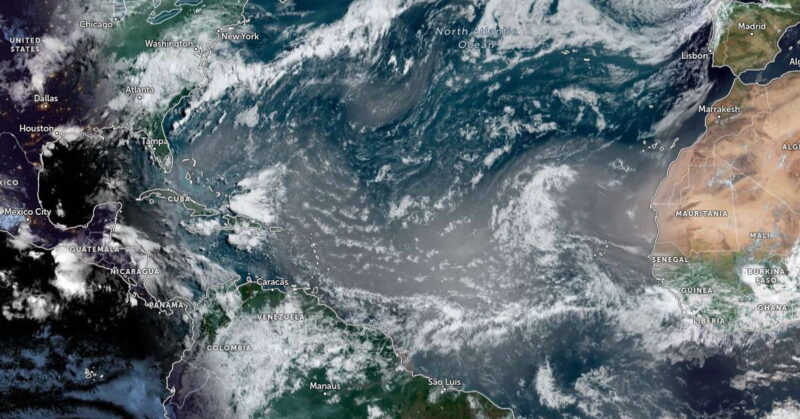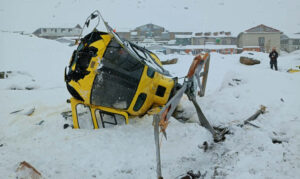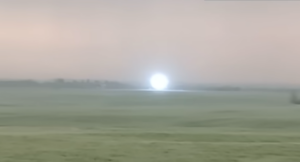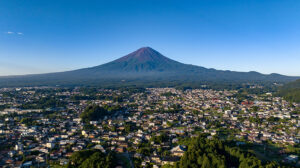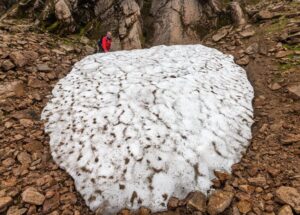This year, the Atlantic hurricane season has been far calmer than usual, and it is all because of sand. Fine grains from the Sahara have been so abundant in the air that they have affected the formation of hurricanes.
The Sahara Air Layer consists of sand and dust particles from North Africa that the winds throw up into the atmosphere. From there, it drifts west. This happens every year in June and July, when around 180 million tons of Saharan dust enters the atmosphere.
This July, there was an abnormally large amount of it. It has impacted visibility and air quality in major European cities, including Rome, Athens, and Paris.
“While it is not unusual for Saharan dust plumes to reach Europe, there has been an increase in the intensity and frequency of such episodes in recent years, which could be potentially attributed to changes in atmospheric circulation patterns,” Mark Parrington of Europe’s Copernicus Atmosphere Monitoring Service said in a statement.
Dry, dusty air stops hurricanes from forming
The dust and sand make the air up high warmer and incredibly dry. This layer of warm air sits over a lower layer of cool air and keeps the tall clouds that lead to hurricanes from forming. Instead, the clouds spread outwards.
“Hurricanes are not likely to form when you’ve got a lot of this dry air from the desert in it,” said Chris Fogarty from the Canadian Hurricane Centre.

Hurricane Beryl. Photo: NOAA/GOES EAST
Earlier this year, experts thought we would have an active hurricane season since ocean temperatures are at an all-time high. The surface temperature of the oceans is a key factor in hurricane formation. The National Oceanic and Atmospheric Administration (NOAA) predicted that we could have up to 25 named storms, including 13 hurricanes. So far, there have been just three named storms — Alberto, Beryl, and Chris.
Of these, only Beryl was a hurricane. Occurring on July 2, it was the earliest category 5 Atlantic hurricane ever recorded. Wind speeds of up to 240kph devastated parts of the Caribbean.
But since early July, the Atlantic basin has calmed significantly. The high levels of airborne sand have counteracted the warm ocean temperatures. However, scientists warn that this will not last. Hurricanes may yet strike this season.
